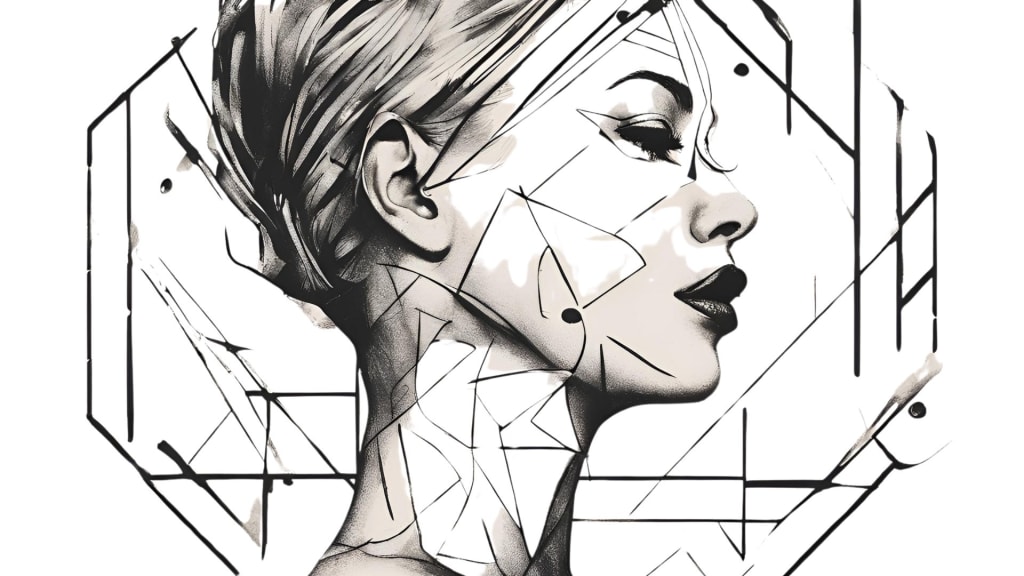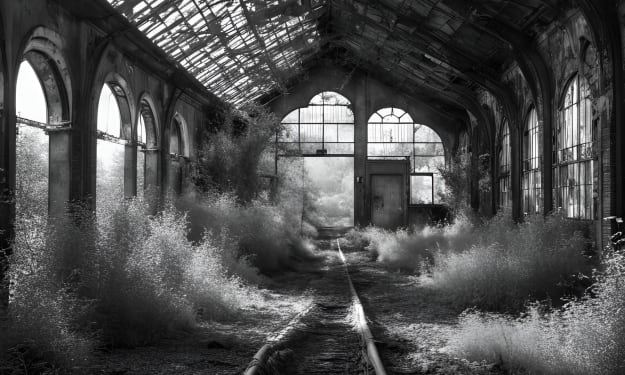Tattoo History and Design Styles
Tattooing is an ancient practice that has evolved through time to become a vibrant part of modern culture.

This blog will take you on a journey through the history of tattoos, exploring their origins, significance, and evolution. Additionally, we will delve into the various tattoo design styles that have emerged over the centuries, each with its own unique characteristics and cultural significance.
Origins of Tattooing
Early Beginnings
Tattooing, as an art form, dates back thousands of years. The earliest evidence of tattoos is found on mummies and preserved human remains. One of the most famous examples is the 5,300-year-old Ötzi the Iceman, whose body was discovered in the Alps with over 60 tattoos, primarily consisting of lines and crosses.
Cultural Significance
In ancient cultures, tattoos were more than just body art; they held deep cultural and spiritual significance. They were used to mark rites of passage, signify social status, provide protection, and even for medicinal purposes. Each culture had its unique symbols and meanings attached to tattoos.
Ancient Techniques and Tools
Early tattooing methods were rudimentary. Ancient Egyptians used sharp tools like bronze needles to puncture the skin and insert ink. Polynesians used bone and turtle shell to create intricate designs. Despite the pain involved, these techniques laid the foundation for the diverse array of styles we see today.
Tattoos in Different Cultures
Polynesian Tattoos
Polynesian tattooing, known as "tatau," is renowned for its bold, geometric patterns. These tattoos often cover large areas of the body and are rich in symbolism, representing the wearer's heritage, achievements, and status. The process of getting a tatau is deeply ceremonial and can be incredibly painful.
Japanese Irezumi
Irezumi, the traditional Japanese tattoo, is characterized by its vibrant colors and intricate designs, often depicting mythical creatures, samurai, and scenes from nature. Historically, irezumi was associated with the Yakuza, but today, it is celebrated as a high art form. The process is meticulous, with artists using hand-poking techniques to achieve stunning detail.
Native American Tattoos
Native American tribes have a rich history of tattooing, with each tribe having its distinct styles and meanings. Tattoos were often used for spiritual protection, tribal affiliation, and as rites of passage. Designs commonly included animals, celestial bodies, and geometric patterns, reflecting the tribe's connection to nature and the spiritual world.
European Traditions
In Europe, tattooing has a long and varied history. Ancient Britons and Celts used tattoos as a form of tribal identification and protection in battle. During the Age of Exploration, sailors began to acquire tattoos from the Polynesian islands, spreading the practice throughout Europe. By the 19th century, tattoos became popular among European royalty and the working class alike, each for different reasons.
Popular Tattoo Design Styles
Traditional American
Traditional American tattoos, also known as "old school," are characterized by bold lines, vibrant colors, and iconic imagery such as anchors, roses, and eagles. This style originated in the early 20th century and remains popular for its timeless appeal and striking simplicity.
Neo-Traditional
Neo-Traditional tattoos are an evolution of the Traditional American style, incorporating the same bold lines and colors but with more intricate details and a broader range of themes. This style often features elaborate compositions and a more diverse color palette.
Realism
Realism tattoos aim to replicate real-life images with high precision and detail. This style can include portraits, animals, and landscapes, and requires a high level of skill to achieve the desired lifelike effect. Realism tattoos are popular for their ability to capture personal moments and likenesses in permanent form.
Watercolor
Watercolor tattoos mimic the fluid and translucent qualities of watercolor paintings. This style is known for its vibrant colors and lack of black outlines, creating a soft and ethereal appearance. Watercolor tattoos are popular for their artistic and modern aesthetic.
Tribal
Tribal tattoos are inspired by the traditional tattoos of indigenous cultures from around the world, such as Polynesian, Maori, and Native American tribes. These tattoos typically feature bold, black patterns and motifs that are deeply symbolic and culturally significant.
New School
New School tattoos are a playful and exaggerated style that emerged in the 1980s. They are characterized by bright colors, cartoonish designs, and a sense of humor. This style often incorporates elements of pop culture, creating a fun and whimsical look.
Blackwork
Blackwork tattoos use only black ink to create striking designs. This style can include a wide range of motifs, from geometric patterns and abstract art to dark, gothic themes. Blackwork tattoos are known for their bold contrast and versatility.
Minimalist
Minimalist tattoos focus on simplicity and clean lines. These tattoos often feature small, delicate designs with minimal shading and detail. Minimalist tattoos are popular for their subtlety and elegance, appealing to those who prefer understated body art.
The Evolution of Tattooing
The Renaissance of Tattooing
The 18th and 19th centuries marked a renaissance for tattooing in the Western world. Sailors, soldiers, and adventurers brought back tattooing techniques and designs from their travels. Tattoos became symbols of bravery and exoticism. The invention of the electric tattoo machine by Samuel O'Reilly in 1891 revolutionized the practice, making tattoos more accessible and less painful.
The Modern Tattoo Movement
The late 20th century saw tattoos gain widespread acceptance and popularity. The counterculture movements of the 1960s and 1970s embraced tattoos as symbols of rebellion and self-expression. By the 1990s, tattoos had entered mainstream culture, with celebrities and athletes proudly displaying their body art. Tattoo conventions and reality TV shows further boosted the industry's visibility.
Technological Advancements
Modern tattooing has benefitted greatly from technological advancements. Improved tattoo machines, a vast array of ink colors, and advanced sterilization techniques have elevated the quality and safety of tattoos. Innovations such as laser tattoo removal have also made it possible for people to alter or remove their tattoos, adding a new dimension to the art form.
Disclaimer: Links included in this blog may be affiliate links. If you purchase products using the links included I may receive a commission however, there is NO additional charge to you. If you opt to use anything I share you do so at YOUR OWN RISK and you take full responsibility for the outcome. Any advice and information shared on my blog is general only and is being shared without taking into account your particular circumstances and needs. Before acting on any advice shared you should assess or seek advice on whether it is appropriate for your needs, financial situation.
About the Creator
Oliver Green
❤️ 30 Years old
💰 Sink ( Single income, no kids)
👔 I work as a Blogger
📊 I love ChatGPT and AI
💻 Hobbies: Gamer, and the Reading.
Enjoyed the story? Support the Creator.
Subscribe for free to receive all their stories in your feed. You could also pledge your support or give them a one-off tip, letting them know you appreciate their work.






Comments
There are no comments for this story
Be the first to respond and start the conversation.